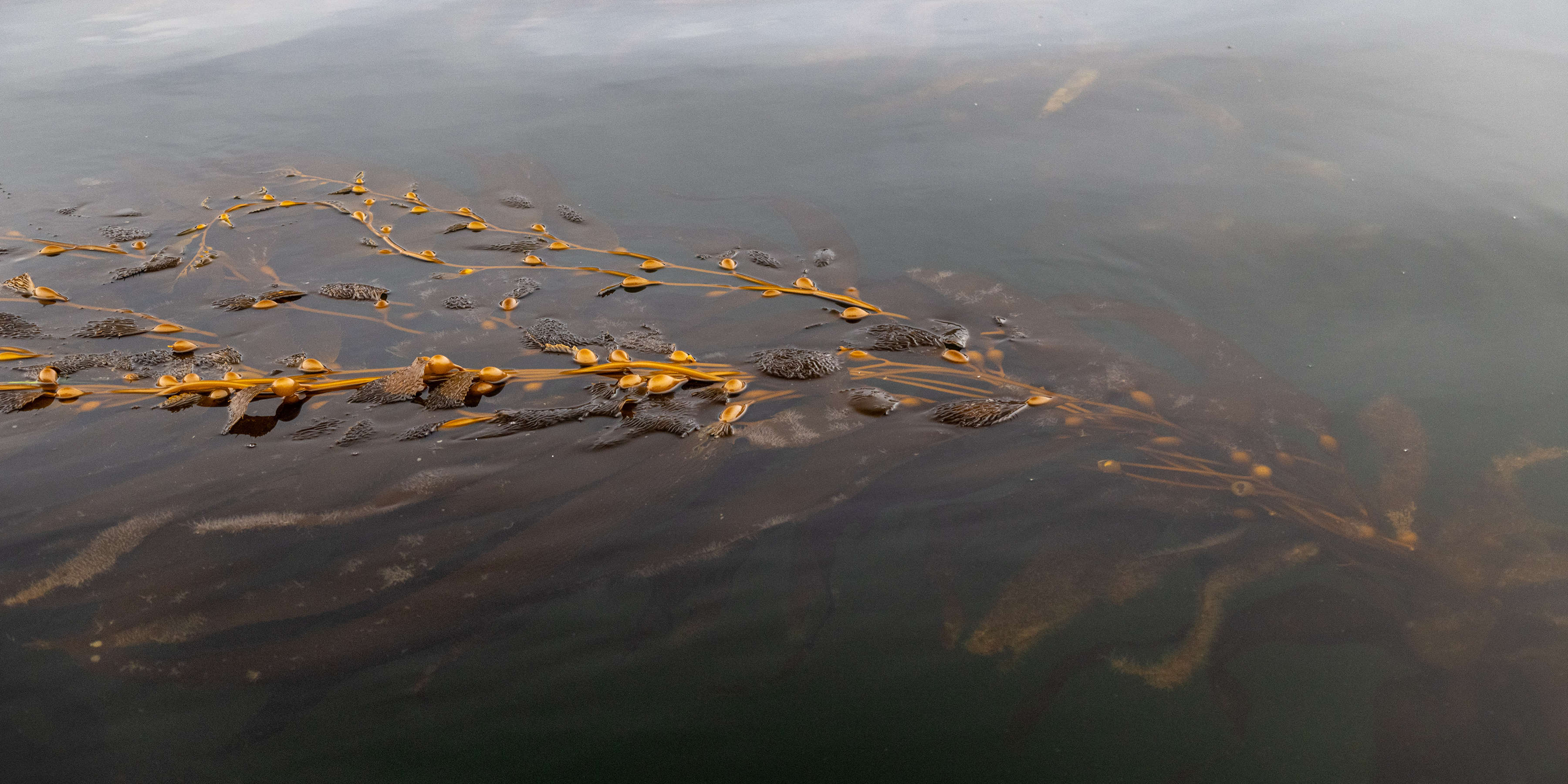State of the Derwent – 2021 Update

Giant kelp near Blackmans Bay.
Image: Peter Mathew / TasWater
As we all continue to adjust to a new way of working and living through 2021, we are proud of what we have achieved at the Derwent Estuary Program. Through the challenges, we have been able to find new opportunities and successes.
Our people, partners, and community have worked together to monitor, analyse, and act to improve the estuary’s health. As a result, we are delighted to present our State of the Derwent Report.
This report highlights activities and results across the Derwent. It includes information on new projects, our swimming beaches, what’s happening with metal levels in the water, sediment and seafood, investigates the condition of habitats and species, and summaries the trends in industrial and sewage discharges.
We want to say thank you to all of our partners and supporters who enable us to deliver scientific, expert, and independent advice in caring for the Derwent.
The highlights
- We started an exciting new project to install six water quality analysers across the catchment. They will provide us with real-time nutrient information every four to six hours to help us understand nutrient levels in the catchment.
- The spotted handfish population remains stable but still critically low. Surveying of this special species will include CSIRO scientists collecting additional brood stock for a captive breeding program.
- New clay homes made by artists are being installed for Little Penguins across the Derwent, which will help them live comfortably and provide crucial information on how they are doing. Rural Arts funded this project in partnership with Kingborough Council.
- We created educational cartoon videos to raise awareness of stormwater and its link to recreational water quality. They cover information such as dog waste, paints and oils, litter and washing your car. Check them out in section seven of the Report Card. Thanks to the Department of Health for funding this project.
- Clarence City Council continues to investigate and resolve stormwater and sewerage issues to improve recreational water quality at Howrah Beach.
Key findings
- An innovative project is successfully remediating zinc from groundwater at Nyrstar Hobart. This is helping decrease the level of heavy metals in water and sediments in the Derwent. However, levels are still above recommended environmental guidelines.
- Dissolved oxygen levels were uncharacteristically high in 2020 which is good news. These results are likely due to above-average rainfall and high flows in the River Derwent.
- Most swimming beaches and environmental sites remain “good” or “fair” under the five-year rating system. However, we’ve seen a couple of beaches and sites downgraded.
- Health advice to not eat bream or shellfish from the Derwent remains in place. While heavy metals appear to have declined in water and sediments over the past 20 years, levels in Derwent seafood are still above national food safety guidelines. Therefore, the advice from the Department of Health is to limit the consumption of Derwent-caught fish.
- We’ve established a Derwent region weeds group to identify emerging weed threats and share knowledge and resources. Rice grass has been successfully managed, but we will remain vigilant for this invasive weed in our surveys.
Read more…
Read the full State of the Derwent Report Card 2021 to see the results in more detail and find out more about what we are doing to guide the Derwent Estuary and catchment management.
Monday 23 May 2022
